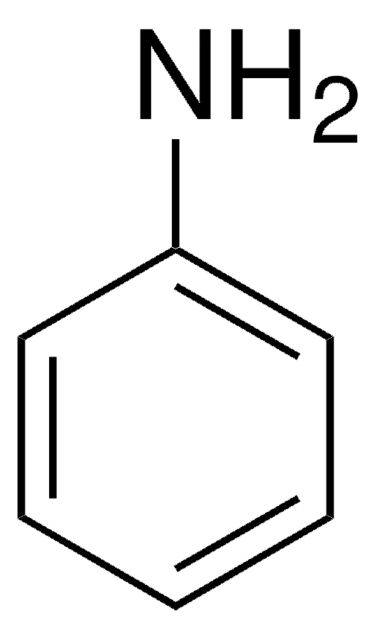365327
Copper
rod, diam. 11 mm, 99.9999% trace metals basis
Sign Into View Organizational & Contract Pricing
All Photos(1)
About This Item
Empirical Formula (Hill Notation):
Cu
CAS Number:
Molecular Weight:
63.55
EC Number:
MDL number:
UNSPSC Code:
12352300
PubChem Substance ID:
NACRES:
NA.23
Recommended Products
Assay
99.9999% trace metals basis
form
rod
resistivity
1.673 μΩ-cm, 20°C
diam.
11 mm
bp
2567 °C (lit.)
mp
1083.4 °C (lit.)
density
8.94 g/mL at 25 °C (lit.)
SMILES string
[Cu]
InChI
1S/Cu
InChI key
RYGMFSIKBFXOCR-UHFFFAOYSA-N
Quantity
21.5 g = 25 mm; 172 g = 200 mm
Storage Class Code
13 - Non Combustible Solids
WGK
WGK 2
Flash Point(F)
Not applicable
Flash Point(C)
Not applicable
Personal Protective Equipment
dust mask type N95 (US), Eyeshields, Gloves
Choose from one of the most recent versions:
Certificates of Analysis (COA)
Lot/Batch Number
Don't see the Right Version?
If you require a particular version, you can look up a specific certificate by the Lot or Batch number.
Already Own This Product?
Find documentation for the products that you have recently purchased in the Document Library.
Lee Fowler et al.
Materials (Basel, Switzerland), 12(23) (2019-12-11)
Peri-implantitis, a disease caused by bacteria, affects dental implants in patients. It is widely treated with antibiotics, however, with growing antibiotic resistance new strategies are required. Titanium-copper alloys are prospective antibacterial biomaterials, with the potential to be a remedy against
Daniel L Priebbenow et al.
Organic letters, 15(24), 6155-6157 (2013-11-28)
A method has been developed for the preparation of N-alkynylated sulfoximines involving the copper-catalyzed decarboxylative coupling of sulfoximines with aryl propiolic acids. A range of substituents on both the sulfoximidoyl moiety and the aryl group of the propiolic acid were
Hiroshi Sato et al.
Science (New York, N.Y.), 343(6167), 167-170 (2013-12-18)
Carbon monoxide (CO) produced in many large-scale industrial oxidation processes is difficult to separate from nitrogen (N2), and afterward, CO is further oxidized to carbon dioxide. Here, we report a soft nanoporous crystalline material that selectively adsorbs CO with adaptable
Magnus Andersson et al.
Nature structural & molecular biology, 21(1), 43-48 (2013-12-10)
Heavy metals in cells are typically regulated by PIB-type ATPases. The first structure of the class, a Cu(+)-ATPase from Legionella pneumophila (LpCopA), outlined a copper transport pathway across the membrane, which was inferred to be occluded. Here we show by
Seonah Kim et al.
Proceedings of the National Academy of Sciences of the United States of America, 111(1), 149-154 (2013-12-18)
Lytic polysaccharide monooxygenases (LPMOs) exhibit a mononuclear copper-containing active site and use dioxygen and a reducing agent to oxidatively cleave glycosidic linkages in polysaccharides. LPMOs represent a unique paradigm in carbohydrate turnover and exhibit synergy with hydrolytic enzymes in biomass
Articles
Lanthanide ions in spectral conversion enhance solar cell efficiency via photon conversion.
Our team of scientists has experience in all areas of research including Life Science, Material Science, Chemical Synthesis, Chromatography, Analytical and many others.
Contact Technical Service
